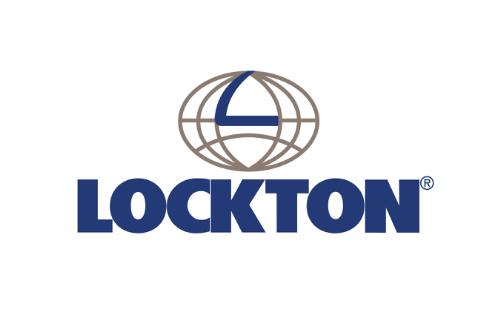Lockton expects a positive rate environment to continue in the first half of 2024, despite 1.1 renewal activity suggesting the reinsurance market is stabilising following difficult treaty renewals a year earlier.
 Rates for reinsurance catastrophe coverage flattened during this year’s 1.1 renewals, mainly backed by abundant capacity, which is similarly ramping up in the quota share market, where ceding commissions are levelling off to increasing, according to Lockton’s analysts.
Rates for reinsurance catastrophe coverage flattened during this year’s 1.1 renewals, mainly backed by abundant capacity, which is similarly ramping up in the quota share market, where ceding commissions are levelling off to increasing, according to Lockton’s analysts.
In contrast, capacity is limited in the more difficult risk market. A key reason why the risk market remains more difficult than the rest of the overall reinsurance marketplace, the broker explains, is because of the highly individualised nature of the coverage being placed.
According to Lockton’s report, the main reason why rates flattened at Jan 1 is because reinsurers were comfortable with attachment points and pricing for catastrophe coverage by the end of 2023, mainly due to having generated significant profits over the 12 months prior.
Analysts stated: While improving conditions in the reinsurance market are carrying over — to some degree — to the retail property insurance market, resulting in some rate deceleration, the reality is that property insurance rates are still rising for the vast majority of buyers. And despite recent reinsurance market developments, conditions for buyers with significant catastrophe exposures, recent losses, or difficult occupancies remain challenging early in 2024.
“As always, account characteristics — including loss histories — will largely dictate individual insureds’ results, with some buyers seeing both rate reductions and rate increases outside of the typical range. Policyholders may also be able to secure more favourable pricing in exchange for less desirable terms and conditions; conversely, more favourable terms and conditions may be available for an added price.”
As the market is still in a positive rate environment, Lockton analysts advise buyers to be prepared for insurers to continue monitoring loss trends and applying significant underwriting scrutiny.
The report highlighted: “Even as reinsurance rates have begun to flatten, it’s important to note that primary property insurers are retaining more risk today than they did just two years ago, and will contemplate passing on those increased loss costs to retail insurance buyers.
“This is an important consideration for insurers as they continue to raise primary rates overall, albeit at a slower pace than in 2023.”
Moreover, insurers remain concerned about catastrophe losses, including many that stem from secondary perils, such as wildfires and convective storms.
For example, although the most recent Atlantic hurricane season was relatively benign, 28 separate weather events, recorded across the United States in 2023, resulted in total economic losses of $1 billion or more according to the National Centers for Environmental Information (NCEI).
At the same time, inflation has slowed down. In January 2024, headline inflation slowed to 3.1% year over year, a fraction of the 9.1% peak recorded in June 2022. “Core” inflation, which excludes food and energy, was unchanged from December at 3.9%, its lowest level since May 2021.
The cost of construction materials has also declined in recent months. Notably, prices for lumber and wood products — as measured by BLS;’ Producer Price Index (PPI) — fell 9.2% from December 2022 to December 2023.
The lower December 2023 prices, however, were still 17.6% higher than prices as of December 2019, just before the start of the pandemic.
Lockton concluded: “Even as many buyers have stepped up their focus on reporting accurate property valuations, insurers continue to monitor the cost of building materials and labour as well as lingering supply chain disruptions. As such, valuations — while less of a discussion point today than they were a year ago — will likely remain an important point of contention in some insureds’ renewal negotiations.”


